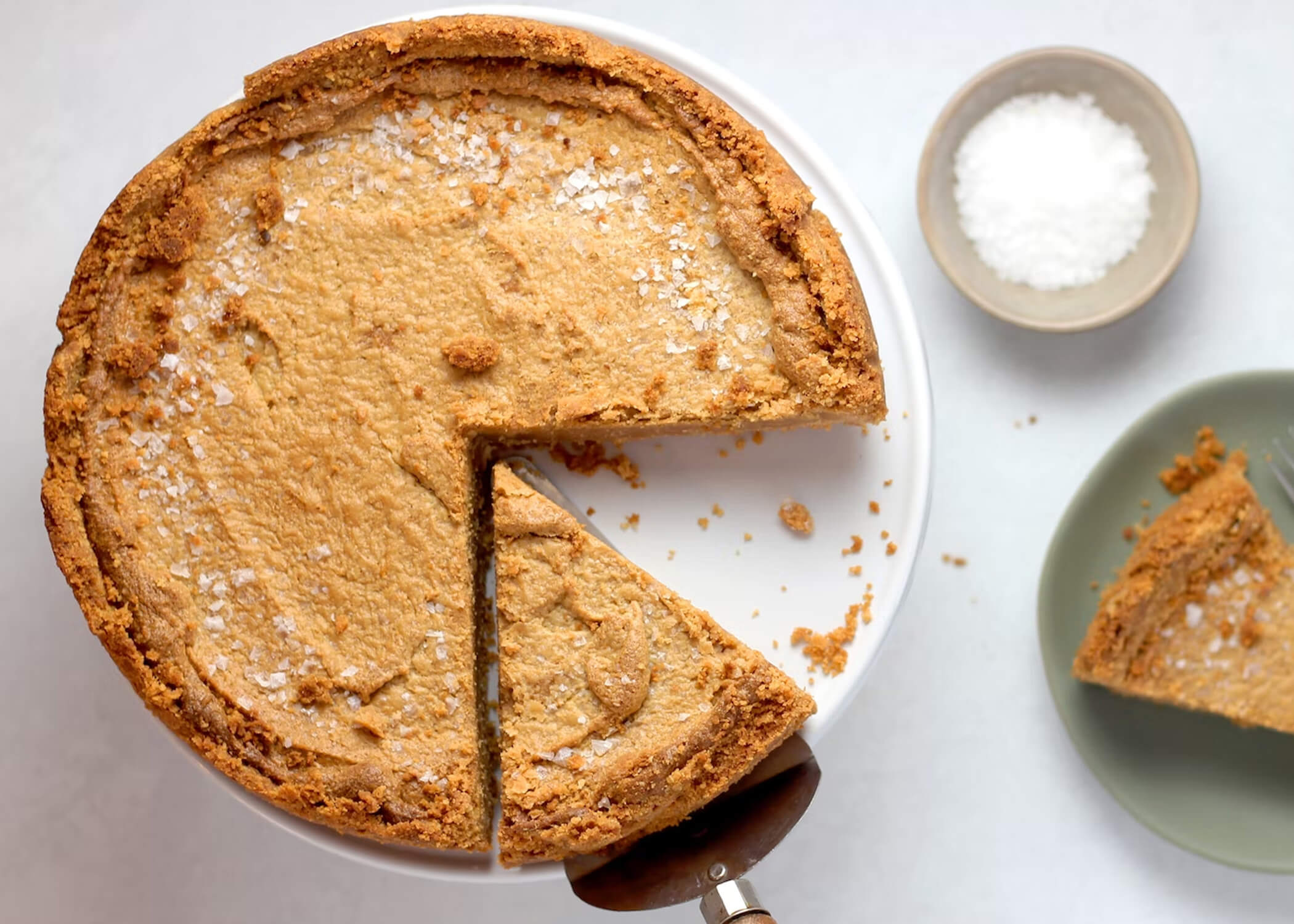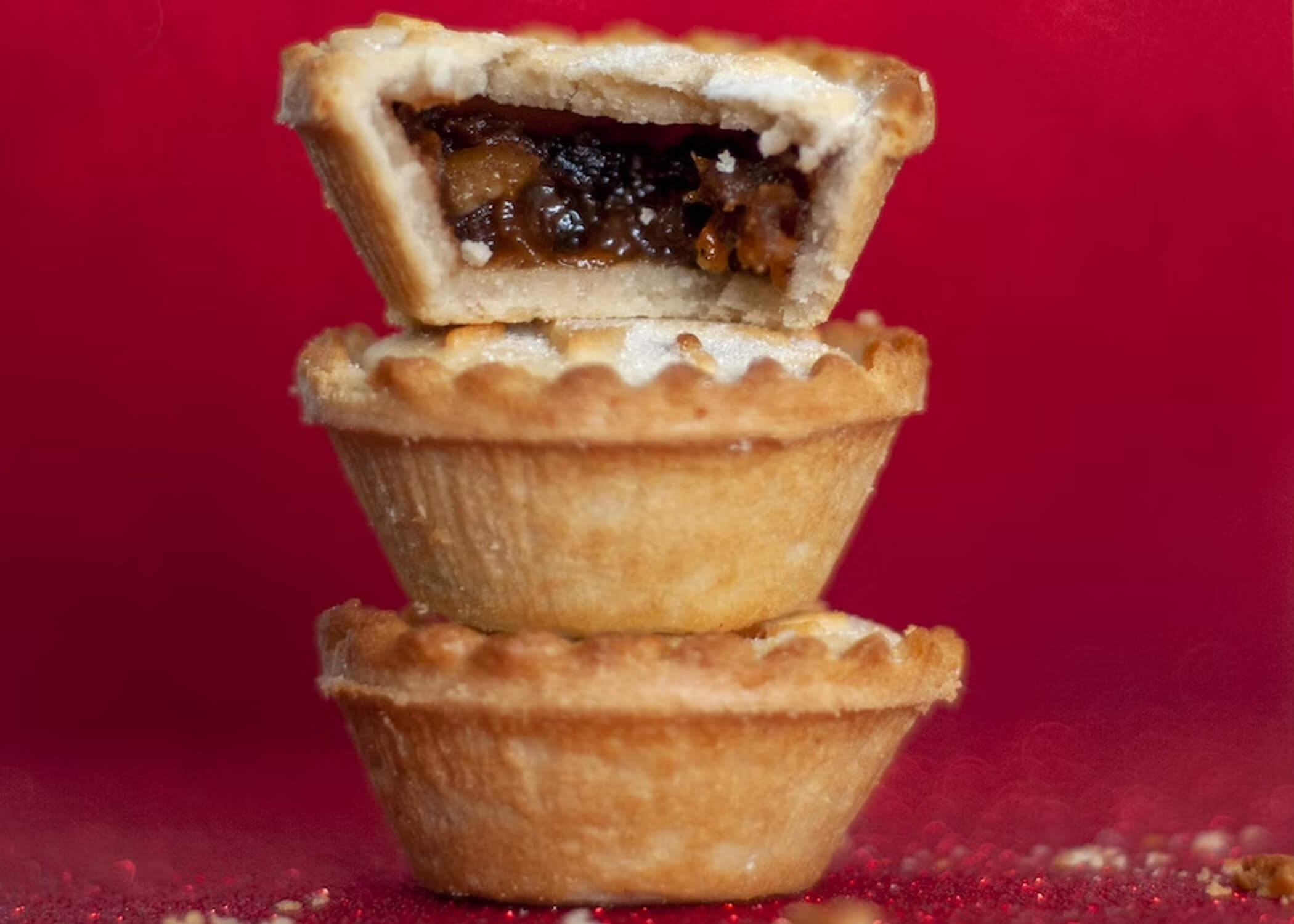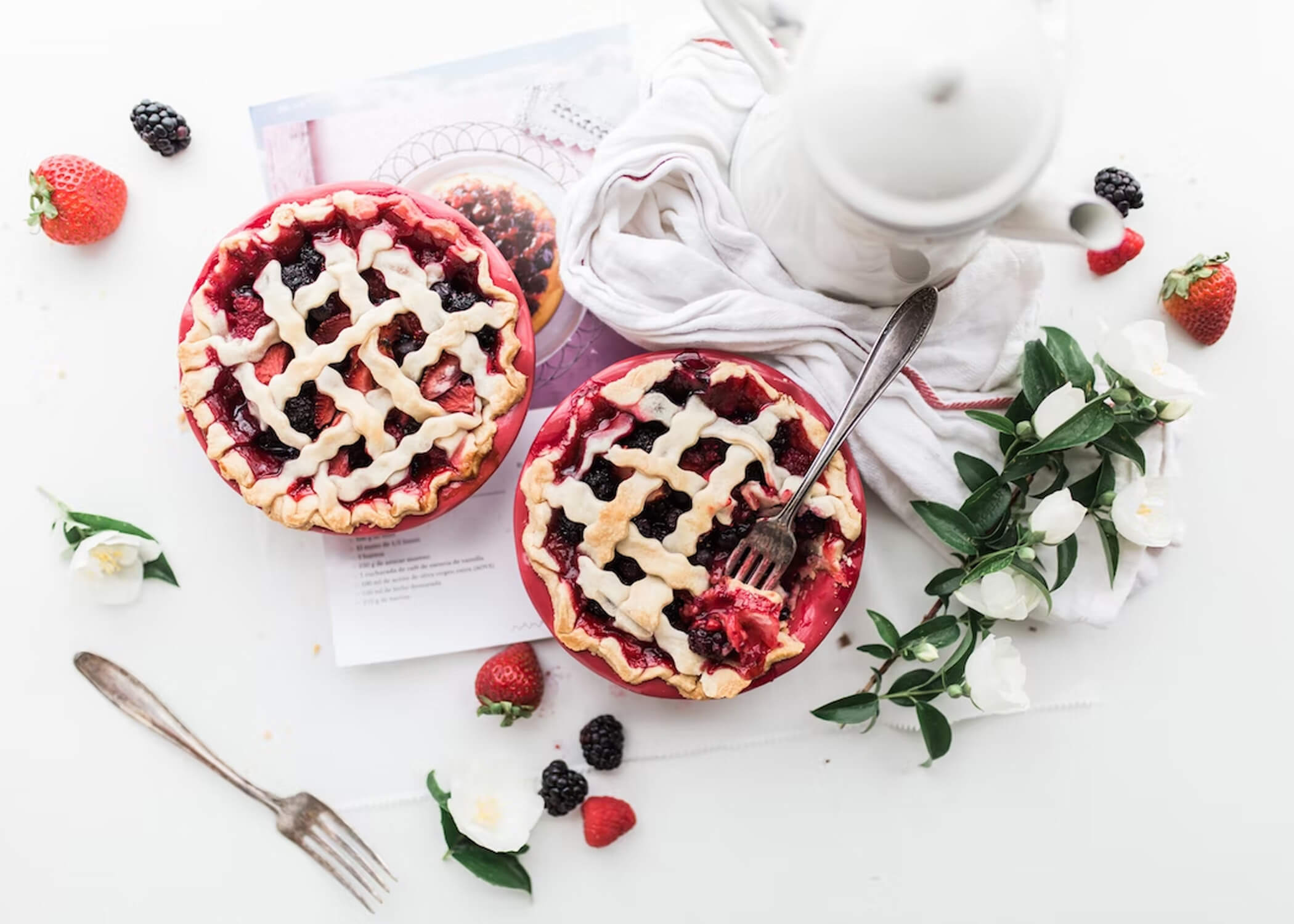Pies came to America from England, not a big surprise. It happened during the colonial era in the 17th and 18th centuries. However, pies have evolved so much that they are called American pies deservedly.
When you make your lemon pie, and take one tasty bite, do you wonder who to thank for this goodness? If so, well thank the harsh conditions the colonists had to endure during those 100 to 200 years.
At one point during colonial times, people had to stop relying on British imports and become self-sufficient. This is when simple meals became more popular and pie in particular was influenced by the circumstances and religion.
This is when the European classic pie evolved into the pot pie, a dainty tart. The people used a Dutch oven to bake the basic crust with a simple filling on top. During WWII, pies were coverless to conserve rations and grain.
The American innovation is to be credited for the flaky crust with lard. The first versions only had the crust as a pastry shell that holds the filling. It was not for eating. But, around the time of the American Revolution, the crust softened.
Mark Twain, the famous English author, wrote about those old pies with tough crust:
These are only some of the more common recipes, as there are hundreds of variations.
When you make your lemon pie, and take one tasty bite, do you wonder who to thank for this goodness? If so, well thank the harsh conditions the colonists had to endure during those 100 to 200 years.
The simplicity

At one point during colonial times, people had to stop relying on British imports and become self-sufficient. This is when simple meals became more popular and pie in particular was influenced by the circumstances and religion.
This is when the European classic pie evolved into the pot pie, a dainty tart. The people used a Dutch oven to bake the basic crust with a simple filling on top. During WWII, pies were coverless to conserve rations and grain.
What famous authors said about American pies
Harriet Elisabeth Beecher Stowe wrote that the English pie is an institution that ran rampant throughout the early forming of American society. It was molded and morphed by countless spices and genera into a thousand variations.The American innovation is to be credited for the flaky crust with lard. The first versions only had the crust as a pastry shell that holds the filling. It was not for eating. But, around the time of the American Revolution, the crust softened.
Mark Twain, the famous English author, wrote about those old pies with tough crust:
“Construct a bullet-proof dough…toughen and kiln-dry it a couple of days…fill with stewed dried apple; aggravate with cloves, lemon peel, and slabs of citron; add two portions of New Orleans sugar. Then solder on the lid and set it in a safe place will it petrifies. Serve cold at breakfast and invite your enemy”
Other influences
Over the last 300 years or so, various other elements all left their mark on the American pie, like ethnic diversity, social customs, agriculture, urbanization, technical development, and other factors. The simple food from colonial times is not a necessity anymore, but it still fills bellies all over the country.Types of pies

These are only some of the more common recipes, as there are hundreds of variations.
Custard Pies:
- Butterscotch pie
- Buttermilk pie
- Chess pie
- Maple Cream pie
- Peanut Butter pie
- Pecan pie
- Pumpkin pie
- Raisin and sour cream pie
- Sweet potato pie
Fruit pies:
- Apple pie
- Blueberry pie
- Cherry pie
- Green tomato pie
- Mixed berry pie
- Peach pie
- Shaker lemon pie
- Banana Cream pie
Savory pies:
- Poultry pies
- Salmon
- Tourtiere
Other:
- Grasshopper pie
- Chocolate cherry pie
- Mud pie
- Rhubarb pie
- Vinegar pie
